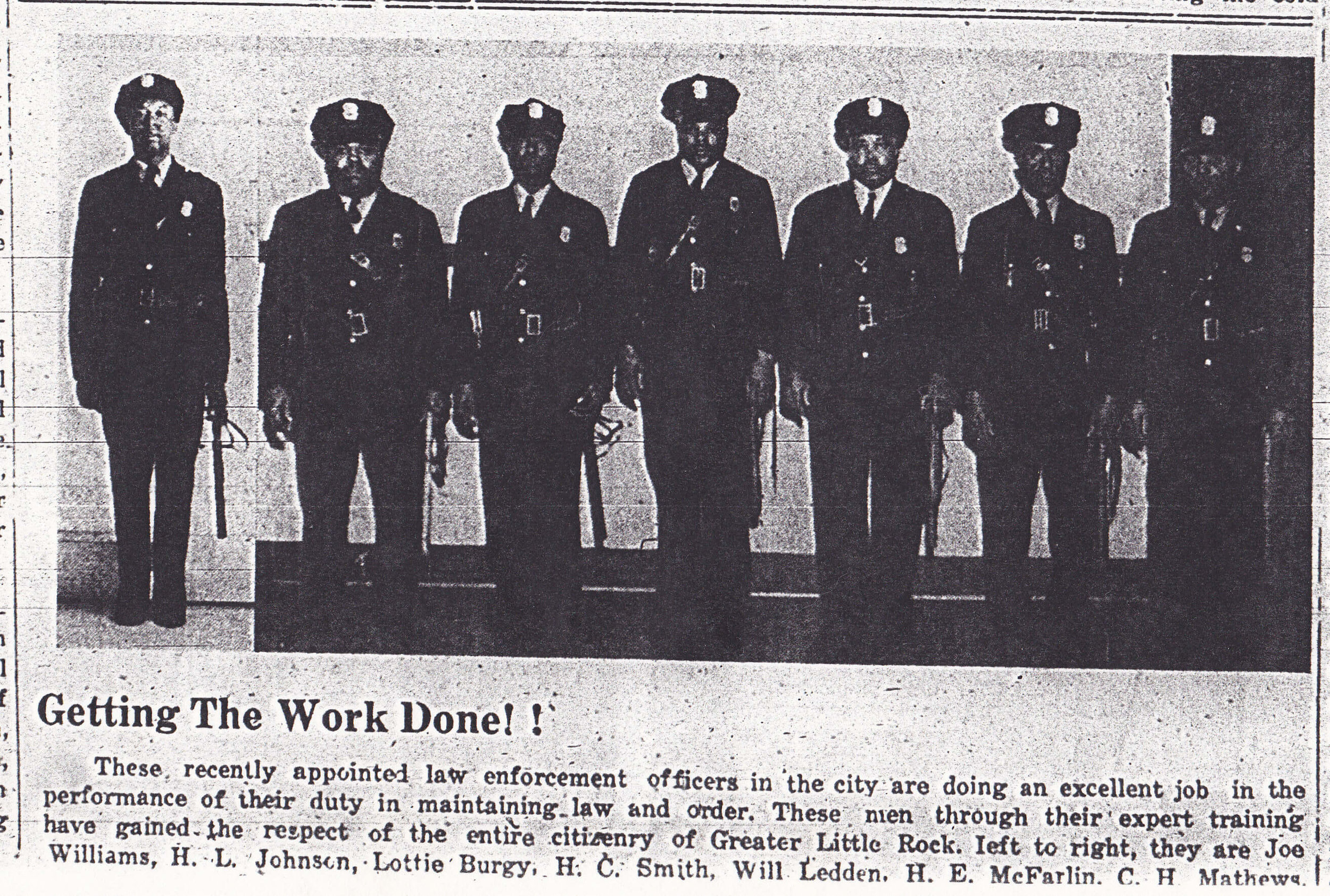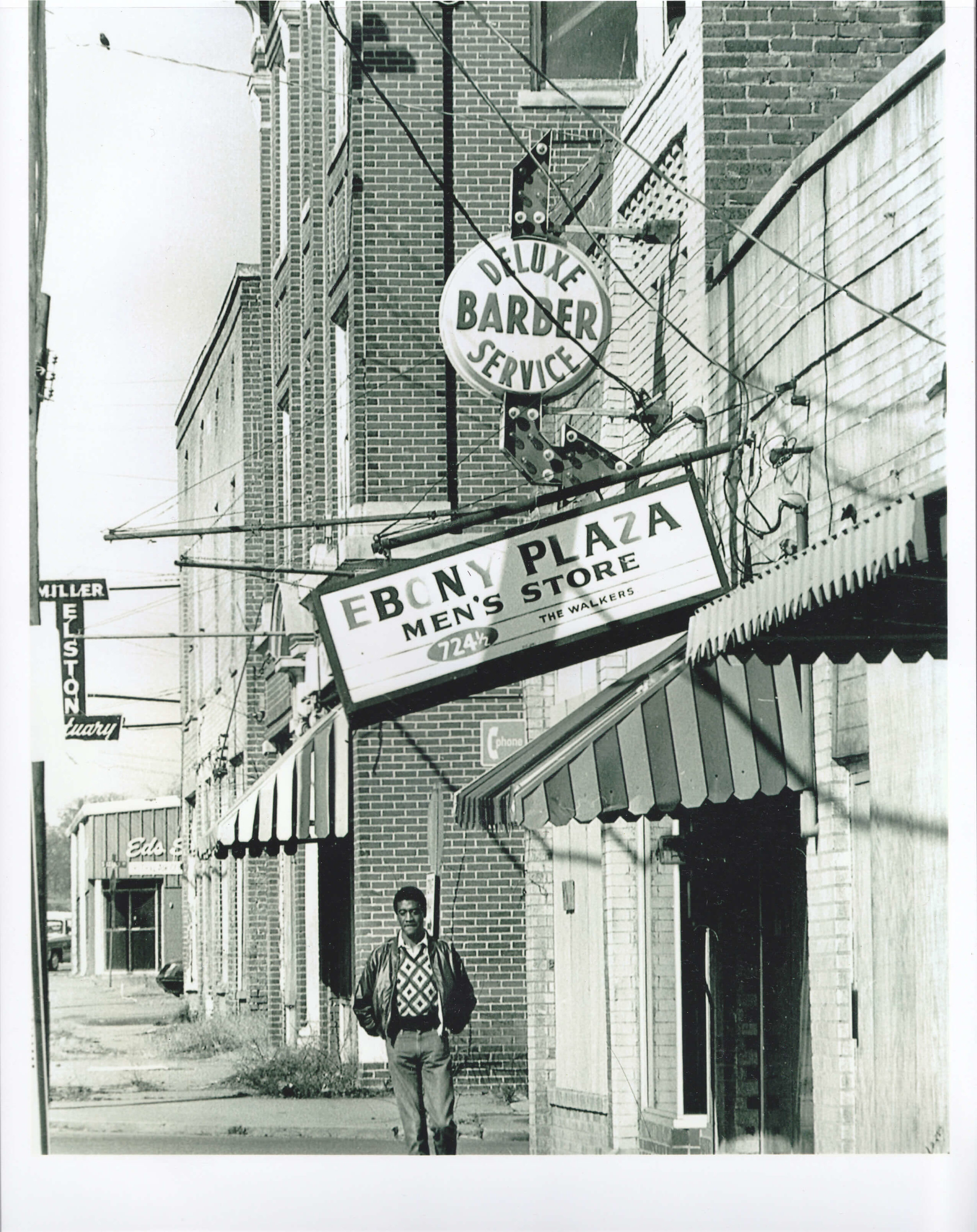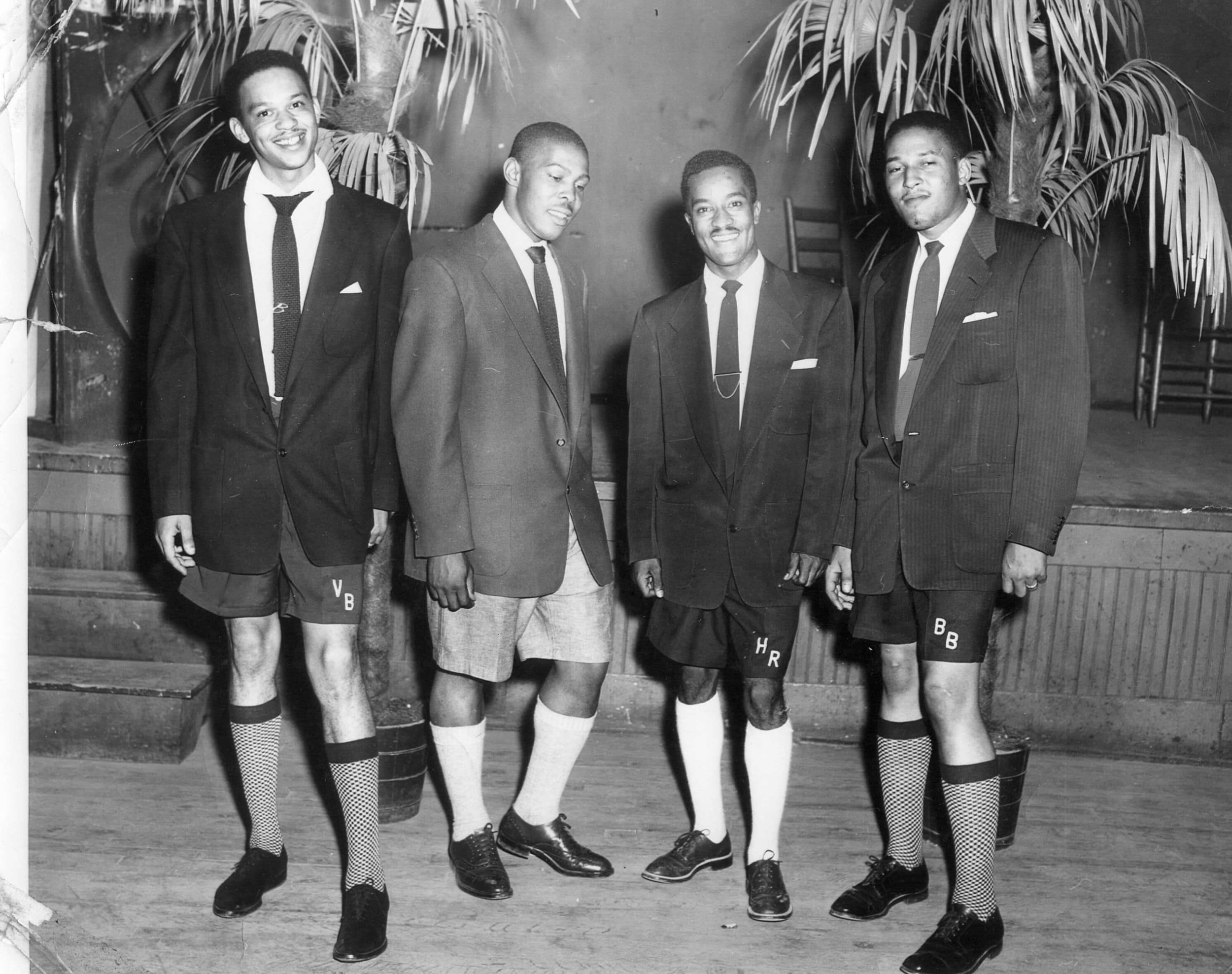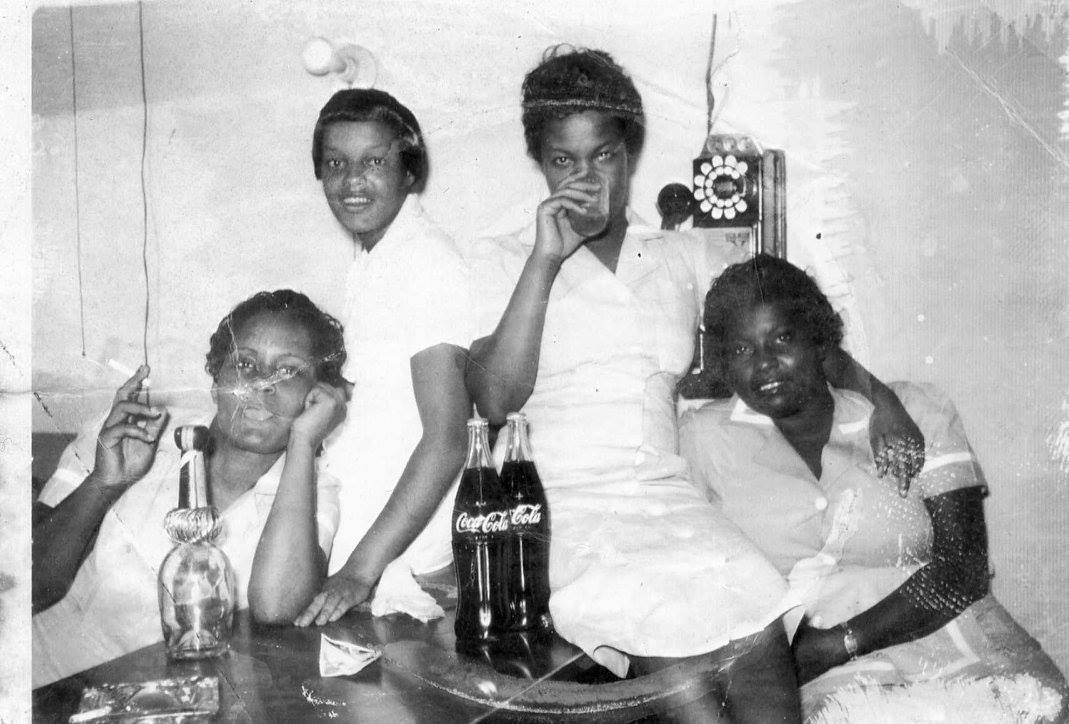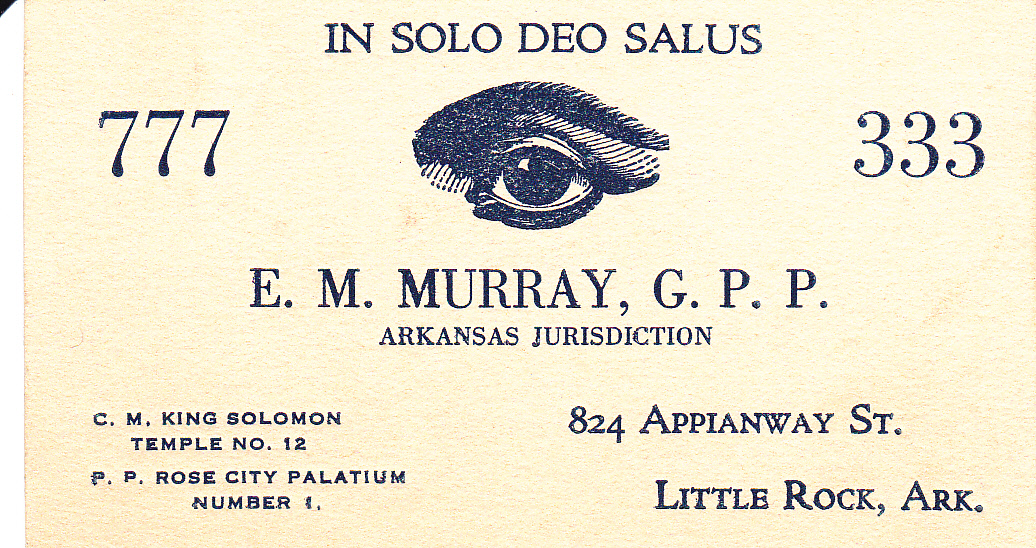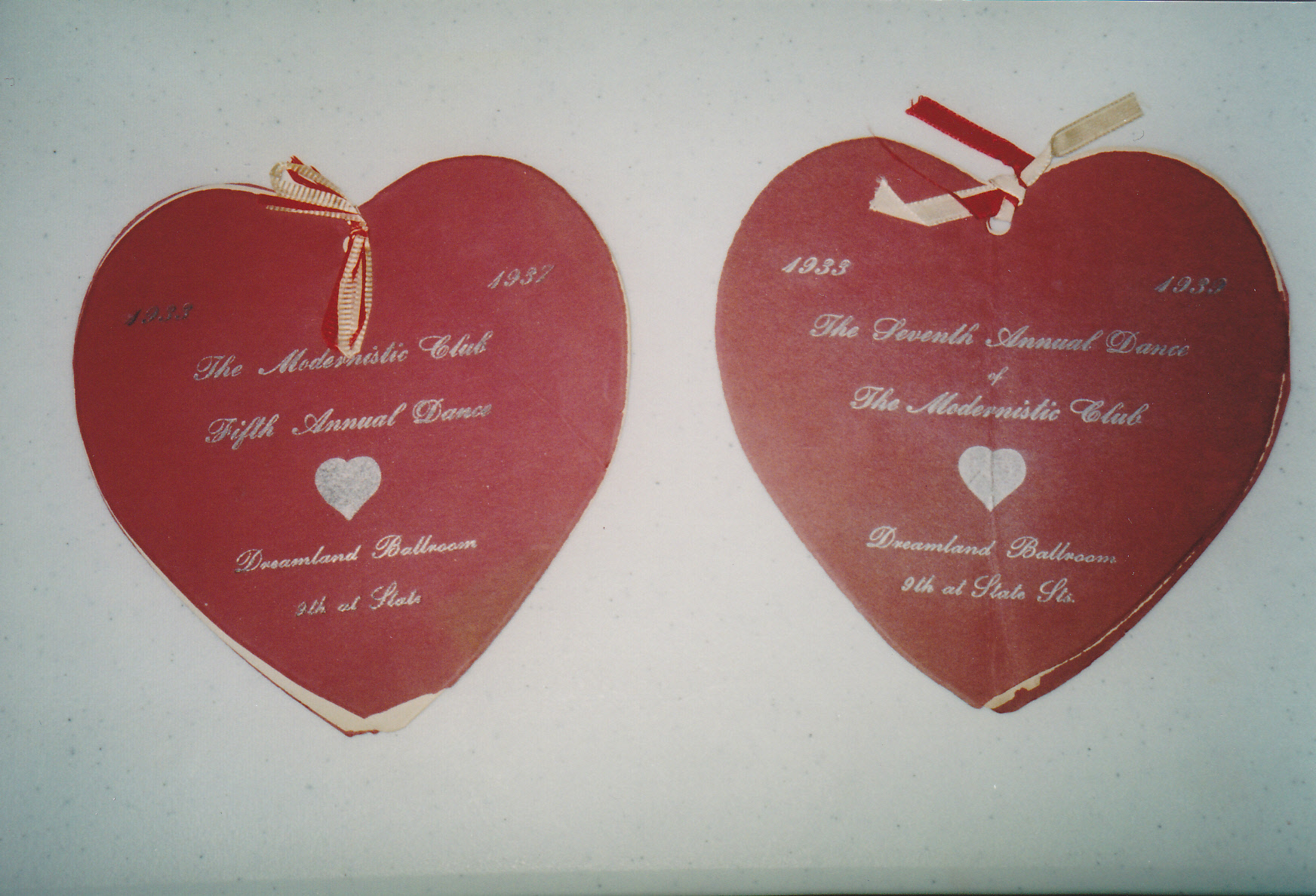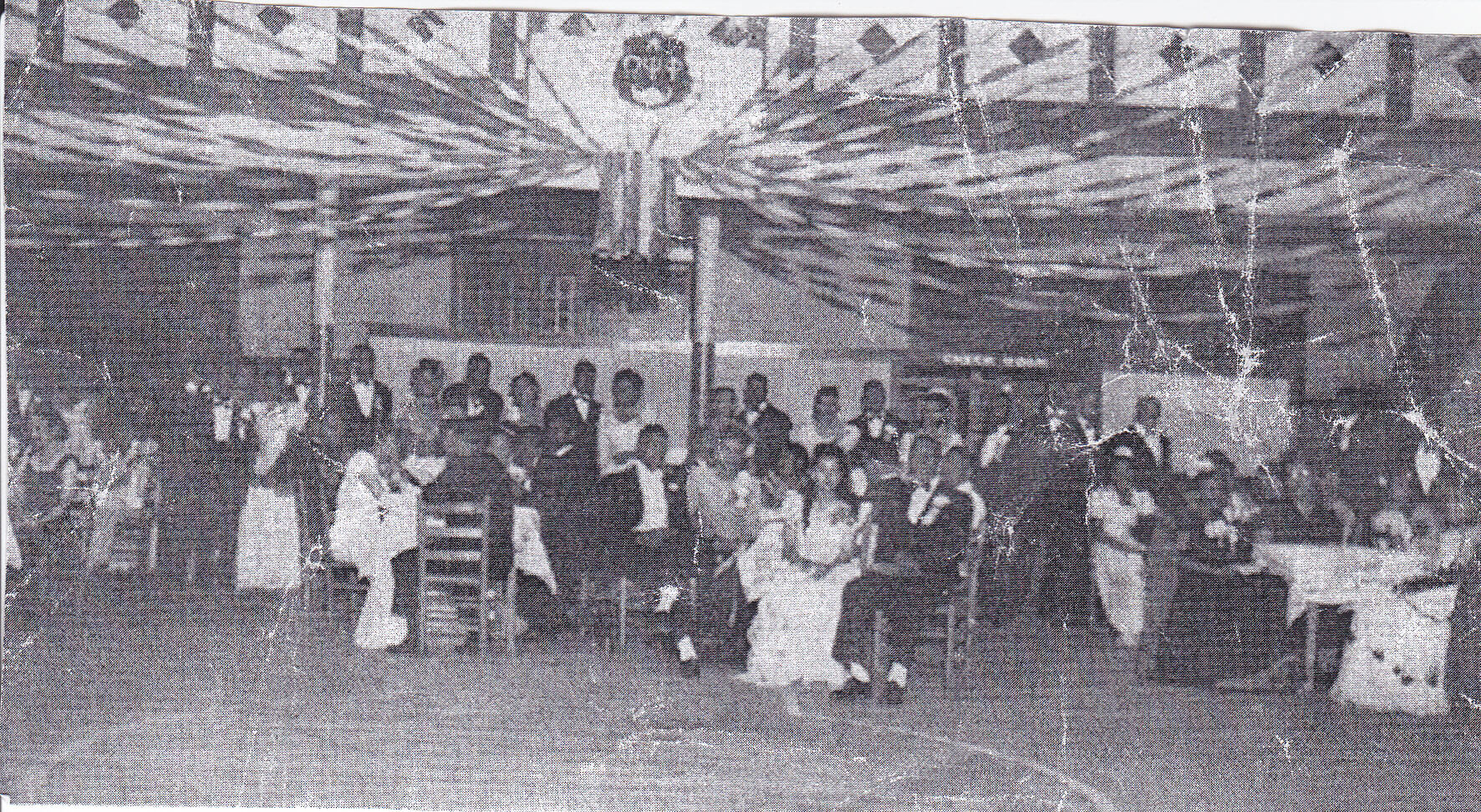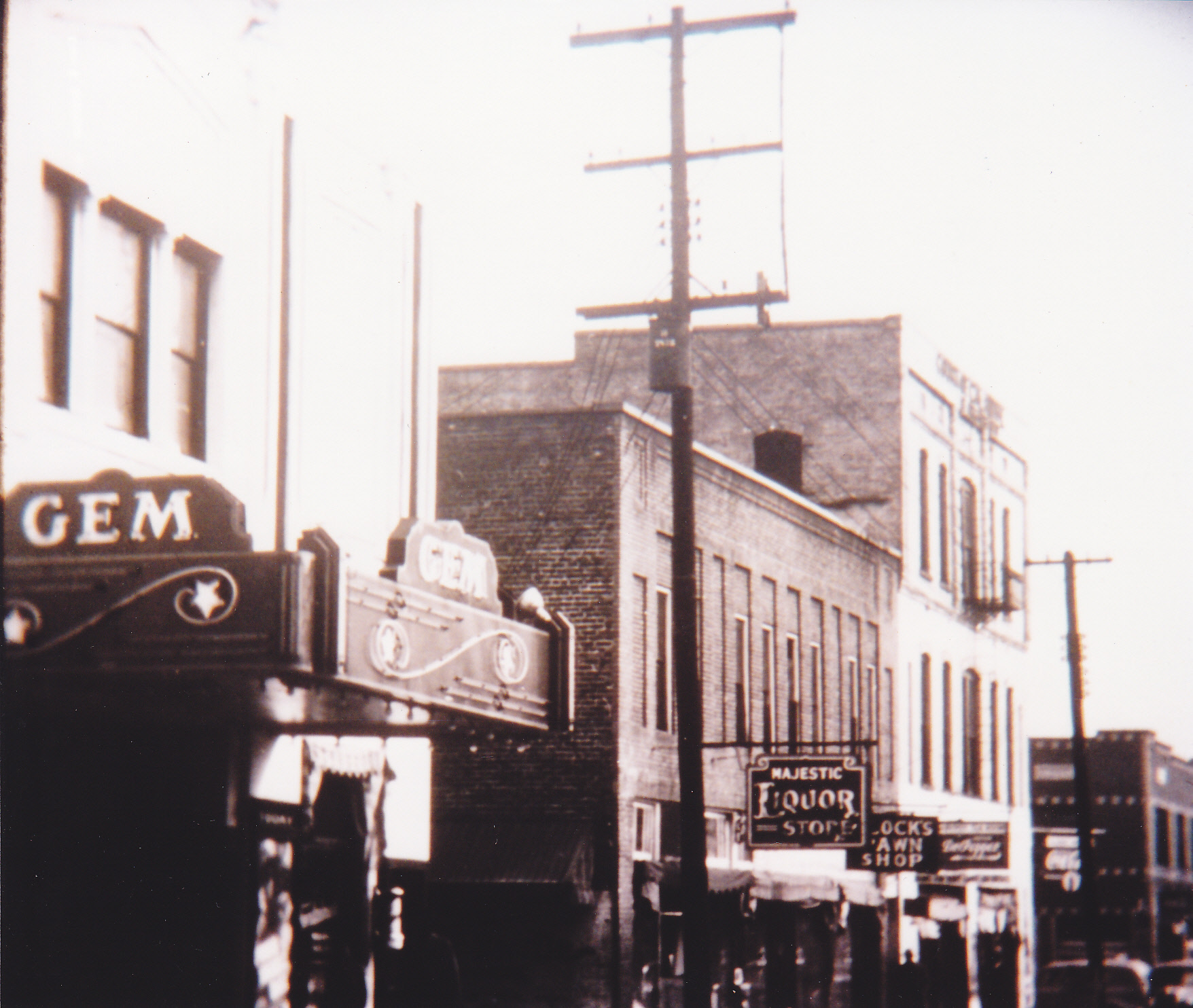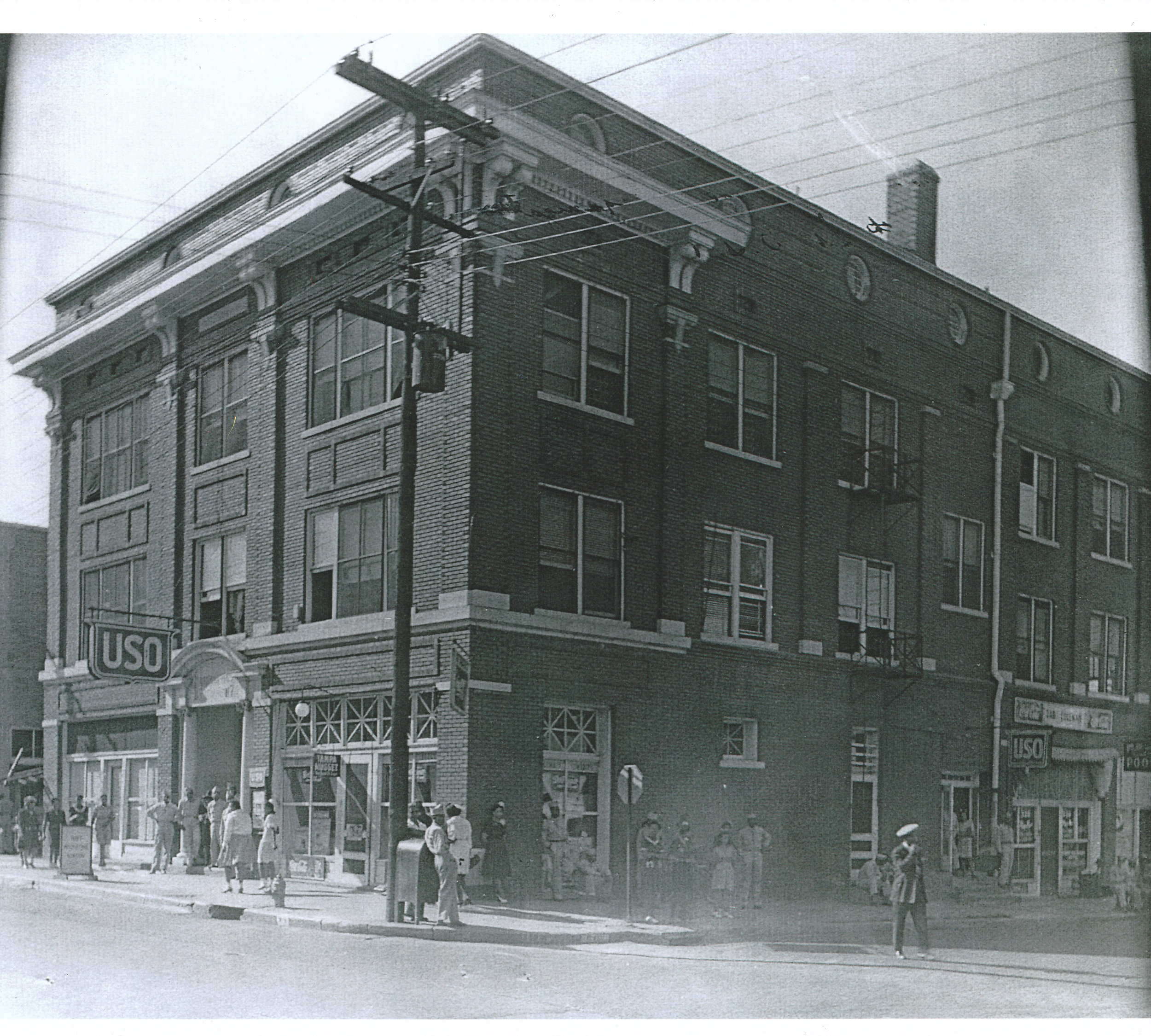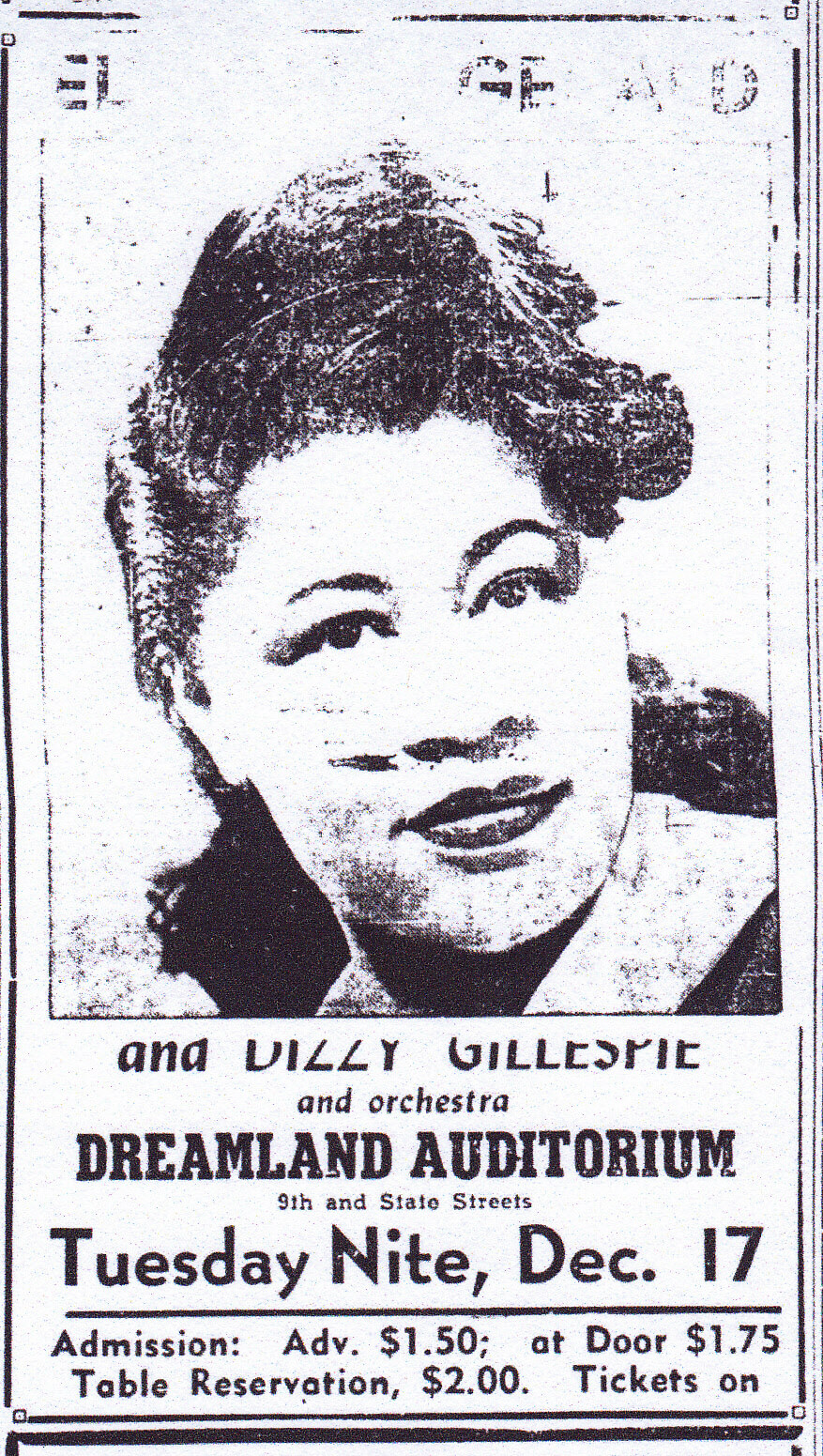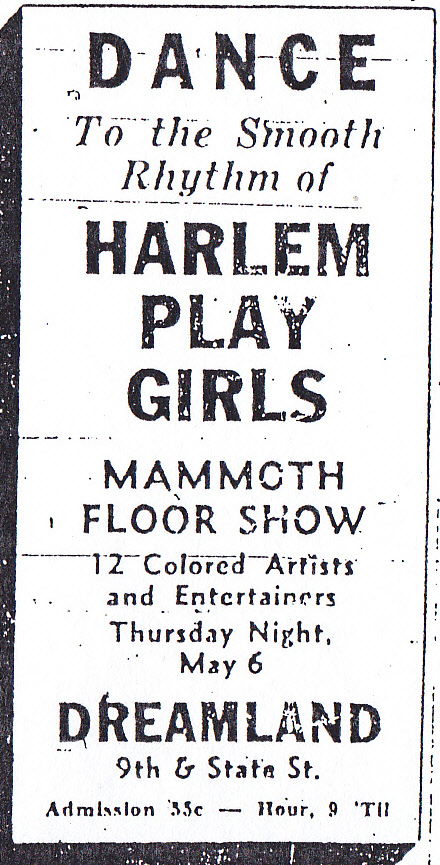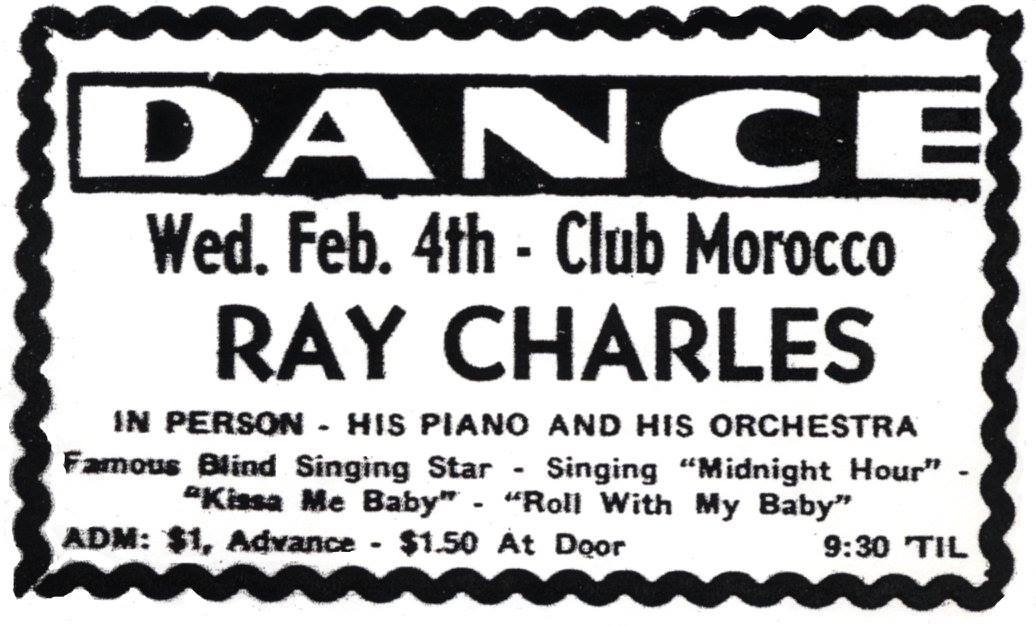About Taborian Hall
In 1918, the Taborian Hall, the building that houses the Dreamland Ballroom, was completed. The Knights and Daughters of Tabor, a black fraternal organization, spent a week that year from July 14 - 20 celebrating the completion of their new headquarters and home on West 9th Street. The Taborian Hall at 800 W. 9th St. has now stood in downtown Little Rock for almost 100 years. Once a central fixture of religious expression, fraternal support, economic progress, and entertainment in the African-American community in the early 20th century, this beautiful old building now houses Arkansas Flag and Banner.
Telling the Story of Dreamland - “Temple of Dreams” by Berna J. Love
"Old timers call it simply 'Dreamland' or 'Taborian Temple,' but most Little Rock natives know the stately, three-story, red brick building on the corner of Ninth and State Streets as Taborian Hall, home of Arkansas Flag and Banner, Inc. Temple of Dreams documents the illustrious history of Taborian Hall, the last extant building of the once vibrant African American community centered on West Ninth Street. Constructed in 1916-1918 as the state headquarters for the Knights and Daughters of Tabor, Taborian Hall stood at the heart of the Line, as West Ninth Street was called, and housed a multitude of commercial businesses and professional offices. During two world wars, Taborian Hall served as a service club and a USO for thousands of black soldiers and war workers. By the post-war years, Taborian Hall, a regular touring stop on the 'Chittlin’ Circuit', evolved into 'club central' and the era’s greatest musical stars performed there: 'Fatha' Hines, Louis Armstrong, Ella Fitzgerald, B. B. King, and Ray Charles, among others. Devastated by integration and urban renewal of the 1970’s, Taborian Hall had declined to such an extent that it had become a flophouse for transients and its demolition appeared imminent. Miraculously saved from destruction by Kerry McCoy, Taborian Hall approaches its 100th birthday, it is reawakening to its proud heritage and entering an exciting new chapter in its history."
EXCERPT FROM THE BOOK: Chapter 3; The Knights and Daughters of Tabor
"Born during the Reconstruction while the embers of racial equality were still burning, the Knights and Daughters of Tabor, like other mutual aid fraternities, grew in importance for African Americans who saw their lives regulated by separatist Jim Crow laws and racial prejudice in the late nineteenth and early twentieth centuries. Little to no public assistance was available for Blacks— no burial insurance or death benefits, few social programs, no health care, foster care, or retirement homes. African Americans knew that they must rely upon themselves to overcome these stumbling blocks placed to demean and debase. “The sense of fraternity—of mutual obligation to support brothers and sisters in need—was a strong factor” for the Taborians, as well as self-‐reliance, a hallmark of fraternalism.
Small monthly dues to the Order afforded their members many rights and benefits— genuine aid, as well as fellowship and pageantry. For a people crushed under white heels, the secrets, regalia, ritualism, and God-‐centrism of the Knights and Daughters of Tabor created race actualization, group cohesion, and individualism.
In the preface of the Taborian Constitutions, Dickson clearly explains that their objective was to “form an organization composed of men and women, including children, into a united, solid compact, making it a secret beneficial Order, united together members by obligation and laws, binding them by secret ties . . . ” The society’s secrecy was a cautionary tale woven by Dickson who said, “Let not your right hand know what your left hand does; trust no one, and test every man before he is admitted to membership.” Living under disfranchisement, discrimination, and segregation, mistrust of Whites was implicit, but Dickson insisted that the Manual and Taborian Constitutions were “not secret books, and may be read by any person.”
The Order’s mysterious and enigmatic iconography—an all-‐seeing eye, numbers, and wheel—were well-‐appointed on all objects associated with the Knights and Daughters of Tabor including headstones, temples, tabernacles, regalia, membership cards, and furniture. Most prominent were the numbers “333,” “777,” and “12,” ascribed by Dickson and believed by Tabors to be “perfect numbers”:
The emblematic figures “333” convey a deep significance, and prove the faith the Knights and Daughters of Tabor have in an overruling Providence, [belief] in a triune God—the Father, Son, and Holy Ghost . . . “777” “emphasizes the triple perfection of the International Order of Twelve, founded upon the solid principles of justice, equity, benevolence, prudence, loyalty, unity, and impartiality . . . the symbolized number “12” express our unwavering confidence and trust in the motto of our Order: In God alone is safety!" ...
EXCERPT FROM THE BOOK: Chapter 7; Laying the Cats and Fillies Out: Club Aristocrat & The "New" Dreamland Ballroom
It was a hectic basketball battle that Friday night in the late winter of 1933. The powerful Collegiate Stars hammered the Philander Smith quintet, running them up and down the third-‐floor “half-‐ court” of Taborian Temple. The intense rivalry between the groups brought out the fans who crowded onto the stage and balcony, and flattened against the auditorium walls. The champions of Little Rock, the Collegiate Stars, gained an early lead and played a defensive game throughout. When the skirmish was over, the Stars had downed Philander, 45 to 26. Triumphant or disappointed, chatting and laughing, players, parents, teachers—young and old—streamed out of Taborian to Ninth Street below to catch the trolley, walk home, or perhaps to linger awhile.
The Depression had battered but not broken the spirit of the West Ninth Street community. Despite the loss of eleven percent of its businesses in the years 1930-‐1935, the West Ninth Street community was still vibrant, pulsing with activity. People continued to eat, drink, and be merry, worship God, birth babies, and bury the dead. The Line was a stage where daily living was played out. The Depression did not change that. West Ninth Street’s network of support and services for Blacks by Blacks was instrumental in helping African Americans survive the devastating and discriminatory Depression conditions that they faced each day in the white man’s world." ...
EXCERPT FROM THE BOOK: Chapter 9; The Ninth Street USO Club
The New Ninth Street USO Club—During the war years, West Ninth Street never slept. Day or night, the street community was ready to serve the soldiers who served Uncle Sam. The new Ninth Street USO Club that had quietly opened in Taborian Hall in January 1942 was a big “hit with the soldiers here.”314 The “Keepin’ ‘em Smiling” campaign implemented by the Ninth Street USO energized full support and participation by the bronze city’s social clubs, churches, fraternities and sororities. “The USO Club is located in the New Dreamland,” the State Press reported, “and occupies five rooms of the second floor, including the Lounge which is used for the Soldier’s Lounge and for small parties. Other rooms are used as game rooms, reading rooms, and offices, etc.”
The new service club was sponsored by the Young Men’s Christian Association (YMCA), an organization founded prior to the Civil War whose purpose was “to create a refuge in a sea of sin, vice, and corruption.” By World War II, their mission included the development of “the Spirit, the Mind, the Body of the individual,” and their iconic red triangle logo illustrated that aim.” The YMCA joined with five other agencies—the Catholic Community Service, the Salvation Army, the YWCA, the Jewish Welfare Board, and National Travelers Aid Association—“to bring together in one organization representatives of three faiths, people of all races and every creed and color, for a joint service,” an “experiment in democracy,” the creation of the USO.” ...
EXCERPT FROM TEMPLE OF DREAMS: Chapter 11; Club Central: The Moroco Club, Waiters Club, and Twin City Club
“ 'Things I remember about the bands and singers that came to Little Rock on Ninth Street, they were: Johnny Otis and Little Ester, Big Joe Turner, Count Basie, Roy Milton, Roy Brown, Etta James, Howling Wolf, Amos Milburn, Little Willie John, John Lee Hooker, Duke Ellington, Al Hibbler, Sam Cook, Otis Redding, Lightening Hopkins, B. B. King, Willie Mabon, Albert King, T Bone Walker, Big Maybell Walker, Clarence Carter, Jo Simmon . . . ,' De‐De Whitehead recounted from memory. 'Most of them played upstairs [Dreamland and Morocco] and a lot of them played at the auditorium [Robinson].'
By 1952, the Buck Allen “standard,” so evident in the Dreamland Auditorium years, was back at Club Morocco. As in the past, Buck Allen and Al Allen booked the biggest talent and the latest musical discoveries into Club Morocco, the Robinson Auditorium, and other club venues on the Line and in central Arkansas including Hot Springs and Pine Bluff. The Morocco was still an exclusive club for members and friends, but there was a decided shift to 'respectability' in its programs, though occasionally exotic shake and flash dancers shimmied across the Moroccan stage. (Appendix–Music)
One of the brightest new stars to hit the Moroccan stage was Riley B. B. (Beale Street Blues Boy, later shortened to Blues Boy or B. B.) King." ...
Dreamland Ballroom Notable Performers
Duke Ellington
Fats Waller
W.C. Handy
Miss Etta Motan
Noble Sissle
Andy Kirk
Chick Webb
Jimmie Lunceford
Cab Calloway
Pigmeat Markham
Johnny Otis and Little Ester
Al Hibbler
Sam Cook
Otis Redding
Lightnin’ Hopkins
B.B. King
Willie Mabon
Albert King
T Bone Walker
Big Maybell Walker
Clarence Carter
Joe Simmon
Etta James
Sonny Thompson
Tab Smith
Chuck Young
Roy Brown and His Mighty
Ruth Brown
Willis Jackson
Eddis LeMonte
Betty (Miss Blues) Ford
Joe Turner
Christene Henderson
Willie Johnson
Jimmie Liggins
Herman Manzy
Lewis and Parker
The Little Rockers
Chester Guyden
Shirley Lee with Roland Cook
Woody Herman and the Third Herd Orchestra
Jimmie Lofton
Satchel Mouth Baby
Atomic Mama
Groovie G
Just One More Drink
Erskine Hawkins
Cootie Williams
Jack McVea
Roy Milton
Harlem Hep Car Orchestra
Big Joe Turner
Snookum Russell
Howling Wolf
Sammie Davis Jr.
Peg Leg Bates
Red Foxx
Erksine Hawkins
Ella Fitzgerald
Count Basie
Buck and Bill Douglas
Lil Green
Lionel Hampton
The Rockets
Harlan Leonard
Ike Barlett's Vamping Babies
Millinder
Sister Rosetta Tharpe
Trevor Bacon
Dizzy Gillespie
Ida Cox
Pha Terrell
Louis Jordan
Claude Trenier
Tiny Bradshaw
Doctor Clayton
Andy Kirk and his 12 Clouds of Joy
June Richmond
Benny Carter
Cornshucks and Johnny Otis
About the Author
Berna J. Love
M.A. Public History
University of Arkansas at Little Rock and Memphis State
Ms. Love is a professional historian, museum consultant, and educator. Formerly associate director of the Children's Museum of Arkansas and director of programming and curator of anthropology at the Museum of Discovery in Little Rock, Arkansas, Ms. Love has also produced and written twenty-four documentaries on Arkansas history for television, museums, and corporations including an educational series entitled, "Arkansas, Its Land and People."She has authored numerous papers and articles. Her books include Arkansas Indians, A Children's Learning and Activity Book, and End of the Line: A History of Little Rock's West Ninth Street. Presently she is completing a book on the history of Taborian Hall and the Dreamland Ballroom. After that, well...Ms. Love is always ready for a new adventure.



